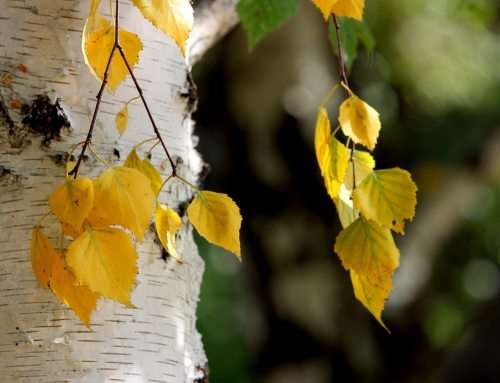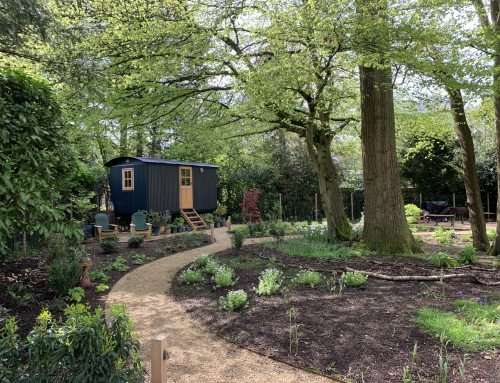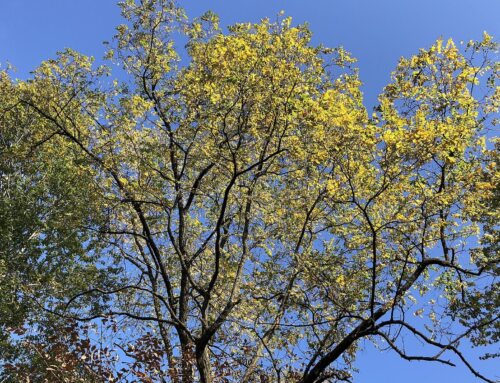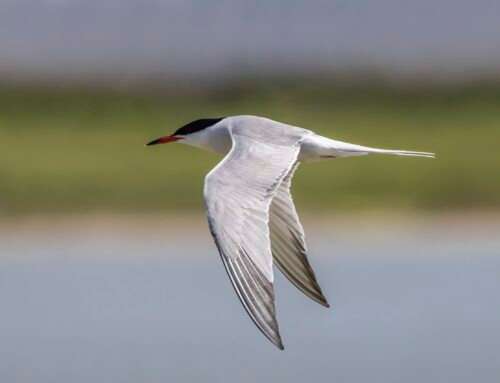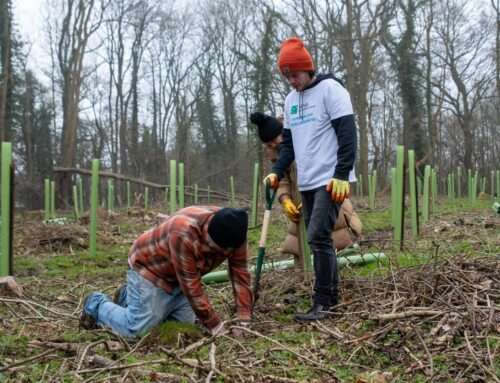Forest Tree Blog Series – Wild Cherry
By Katie Stevens
Welcome to the third blog in the Forest Tree series.
This blog will focus on one of the minor productive tree species, the Wild Cherry (Prunus avium). A deciduous tree, it can grow up to 25-30m tall and has an average life span of 60-100 years; in the right conditions, it can live up to 250 years! It has a deep reddy-brown bark with a slight shine to it and distinctive horizontal lines. With oval leaves that have a toothed edge and pointed tips that slightly curve upwards at the edges, it produces white-petalled flowers during mid-spring – the classic blossom phase in Spring! These flowers form small, round fruits; I suggest waiting until mid to late summer to try the fruit, particularly on a sunny day – it can be very sour if not left to ripen well! Interesting fact: Wild cherry is known as the ancestor of cherries, as it is the only tree in its family that has never been cultivated; this simply means that it has naturally developed and grown without human intervention. Its solid rootstock has led to all the different species of cherry being cultivated all over the world.
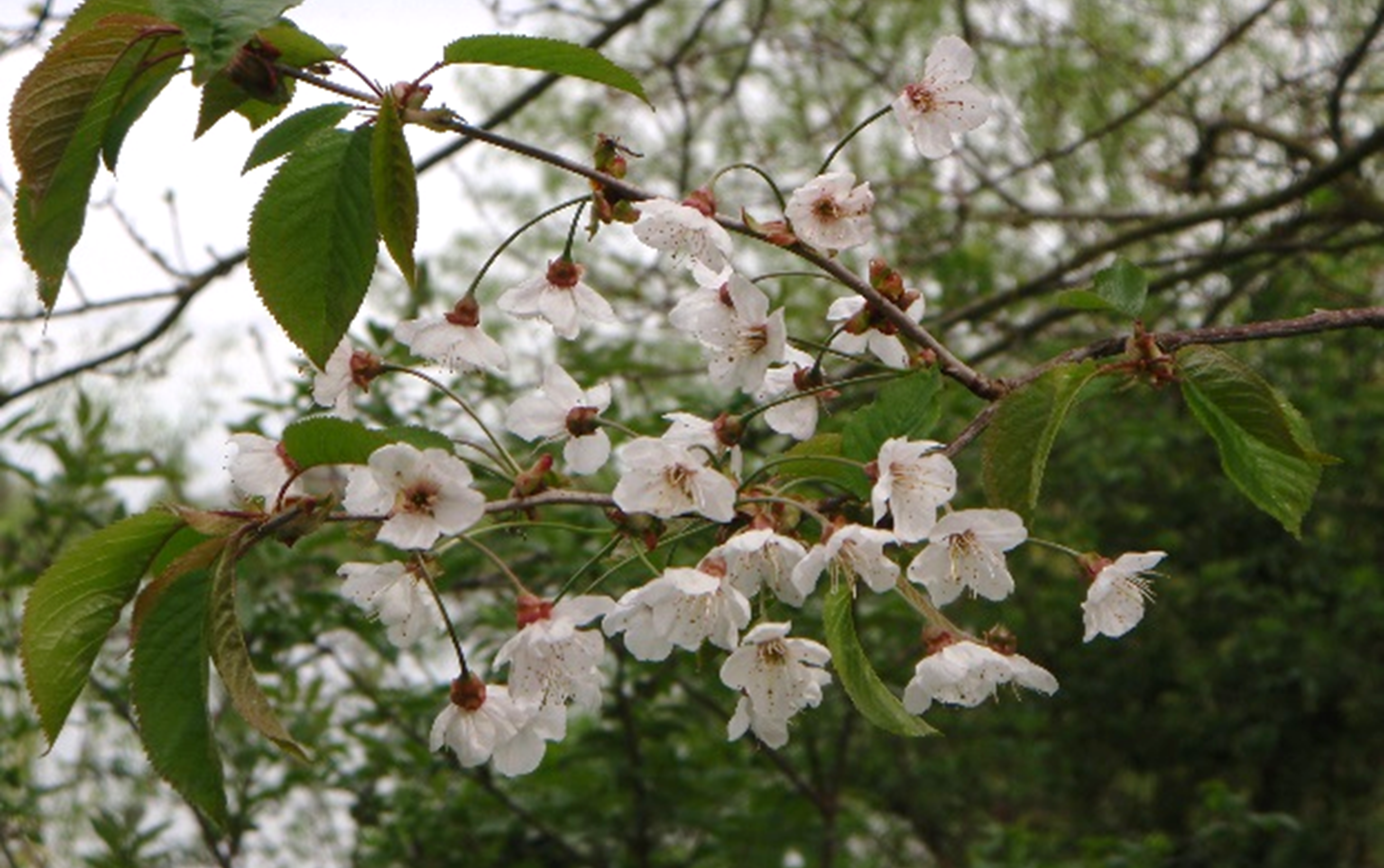
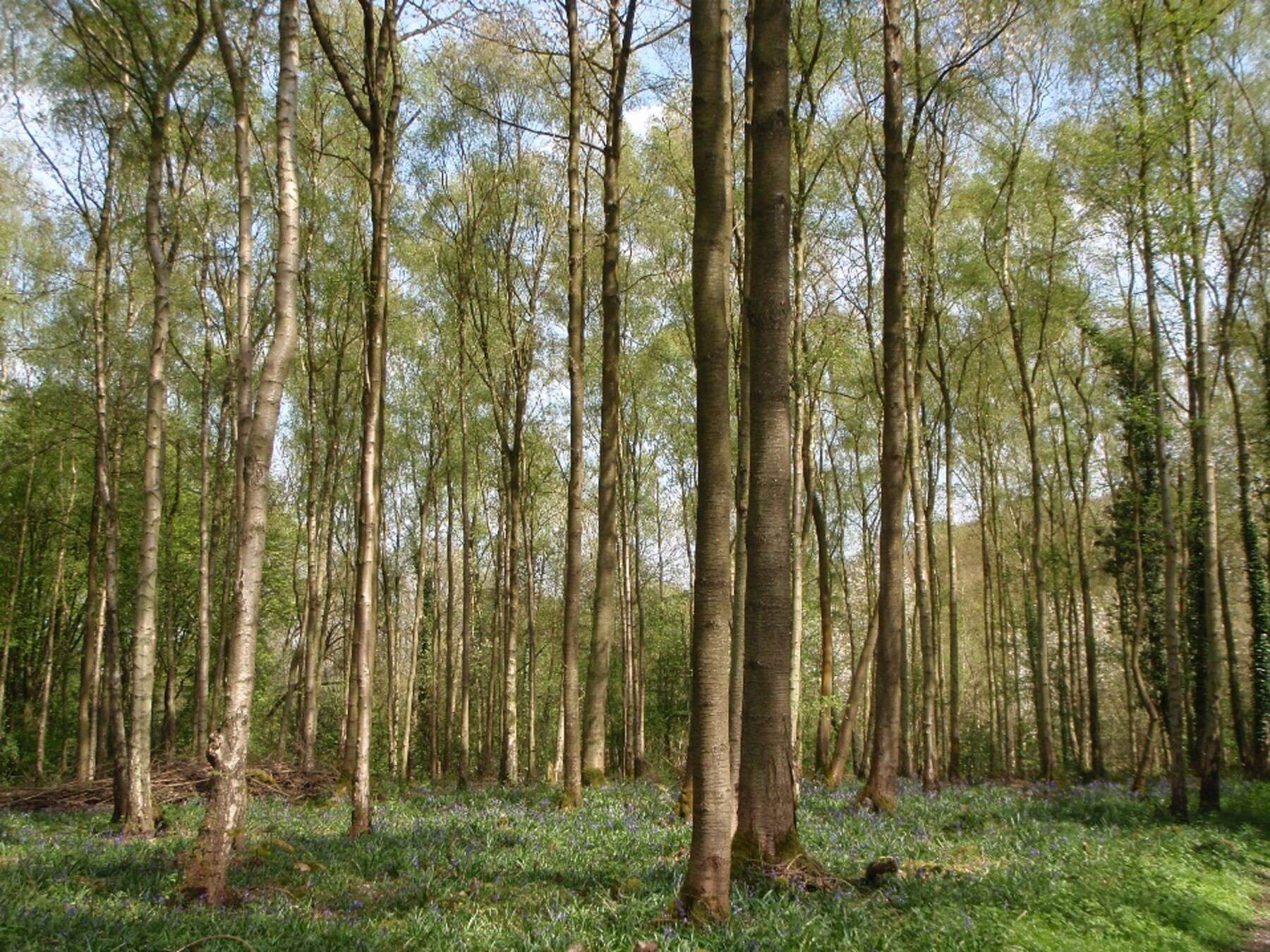
It is a species that is native throughout the UK and Ireland, as well as West Asia, originating in Eastern Europe around the Caspian Sea; it spread throughout Europe in prehistoric times, settling itself in the UK before the Ice Age. A testament to its long establishment was found in central Ireland; during excavations in 2004, cherry stones were found in Bronze Age dwellings, confirming both the distribution and use of wild cherry. The planting of wild cherries became more prominent during Henry VIII’s reign; he believed that the fruit would help with symptoms of gout, so planted many cherry orchards throughout the South of England.
Wild cherry grows well in deep, light, fertile soils with a good but not too heavy water supply; it copes well on more alkaline soils, where there is deep soil containing chalk and limestone, as well draining valley slopes. It does not do well on sites that are too exposed, as its form becomes distorted and deformed, or waterlogged sites, as this causes premature root rot. Although very winter hardy, if a warm winter triggers an early flowering, these can be damaged by late frosts in Spring, affecting fruit development. When designing a woodland to include cherry, a prime example would be a sloping chalky hillside and/or valley bottom that has not been cultivated or worked.
Because of its shorter lifespan, Wild Cherry is typically planted as part of a broadleaf woodland mix as a more minor species. A typical broadleaf stocking density is between 1100-1600 trees/ha, 2.5-3m apart; this is to allow a good amount of space and light, allowing the variety of species to develop equally. This wider spacing is particularly good for Wild cherry, whose lower branches spread quite laterally, with all others pointing upwards. Its wide, lower branches, fruit and blossom make it an attractive tree for woodland edges. Compared to other broadleaf species, cherries mature relatively early, so should be thinned from 10 years onwards, so as to prevent suppression of any other species. It should also be pruned up to a height of 5m in the summer months, so that the wounds have a proper time to heal over; if timber is to be used for aesthetic purposes, then some knots are encouraged through later pruning.
Cherry timber is highly sought after for furniture and other items. It is tough and moderately durable, with a compact texture with a distinctive grain. Colours range from honey gold to pinkish-brown to reddy brown; darker colours are achieved through a long drying process, roughly 2-3 years. The drying process may seem long, but this is to ensure that it does not shrink or bow, as this will impact what it can be used for. Such qualities have made it perfect for cabinet making, decorative joinery and turning, as well as other furniture articles. When carefully cut and processed, thin sections of timber are used to make violins and veneer.
The main threat to Wild cherries is fungal and bacterial pathogens. One threat is Bacterial canker (Pseudomonas syringae pv. morsprunorum); a disease that infects the leaves and stems of all Prunus species. Dead, sunken areas of bark that ooze dark gum can be seen in early spring and summer, as well as shoots rapidly dying back or failing to emerge. Small, round and brown spots appear on the leaves, decaying away to leave a hole, as if the leaf has been shot by a gun pellet. Although less common in woodlands, it can cause irreversible timber damage.
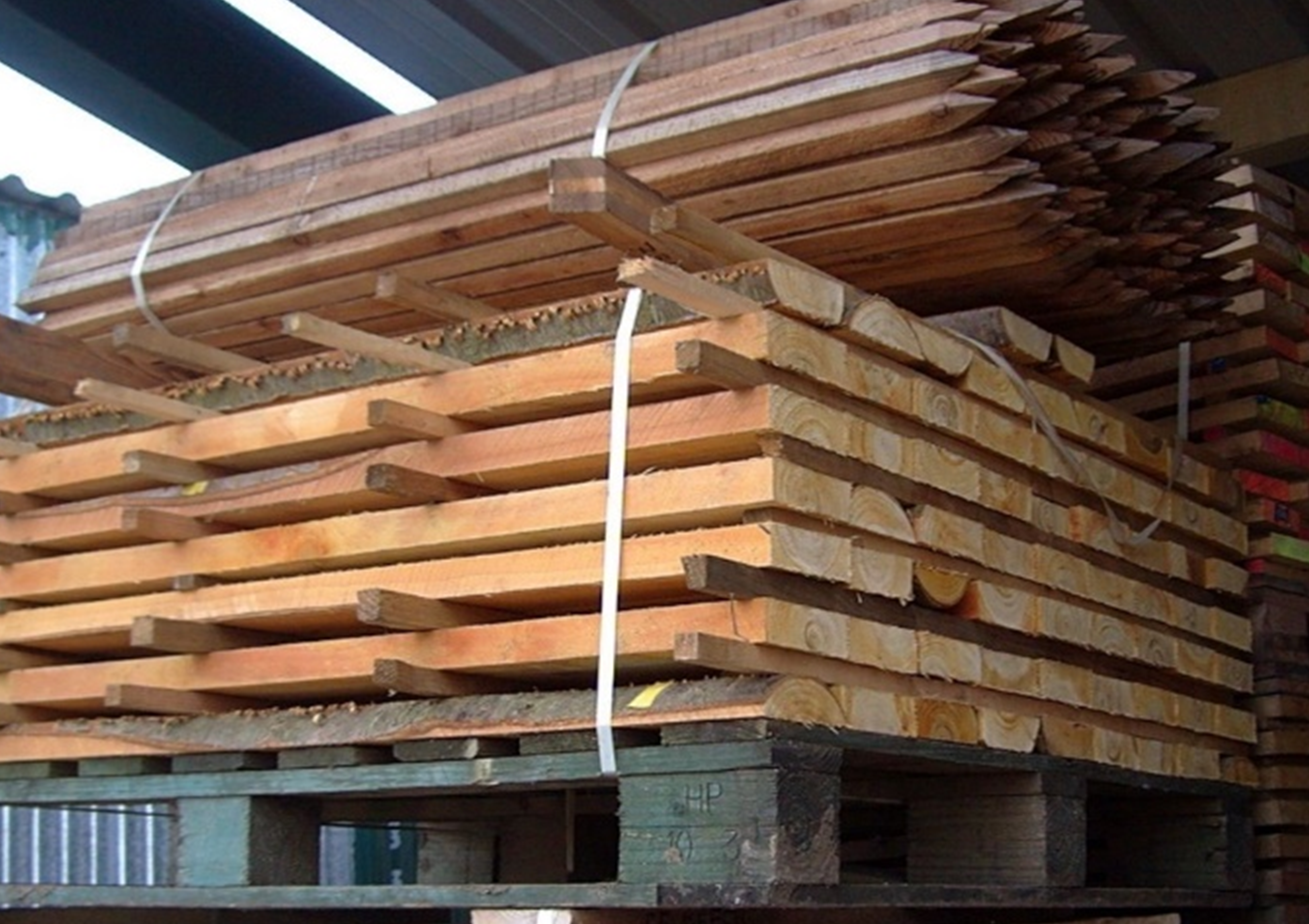
Another threat is Phytophthora root rot; a fungal disease that is mainly present in heavy or waterlogged soils, but can be present in any soil and survive for many years without a ‘host plant’ to infect. It causes decay of roots and the base of the stem, with dark discolouration below the bark and above-ground foliage wilting and yellowing. Once a cherry has rotted, it has to be harvested and cut quickly, so that the rot does not spread up the stem, allowing other pathogens to enter and cause damage. Because the symptoms are similar to those of waterlogging, it can be difficult to determine which issue is causing the root rot; where cherry has been planted on good deep soils and show such signs, it will more likely be root rot.
Overall, Wild cherry is an important species for the timber industry, but due to its susceptibility to many diseases, planting is limited to small cluster groups within mixed broadleaf woodlands. When planting new woodlands or managing existing ones, for the health of the woodland, they should only contain an average maximum of 20% Wild cherry. Despite this, it is an attractive and useful species, not targeted by squirrels (hurray!), that provides good habitat to well over 80 species; it is a welcome addition to any woodland.
If you own land or woodland and would be interested in planting Wild Cherries, then please do contact our forestry team by calling us on 01869 340342 (option 3), or email us at: contact@nicholsonsgb.com. Similarly, if you would like to add a Wild Cherry or one of its many varieties to your garden, give our Plant Centre a call on 01869 340342 (option 1).

